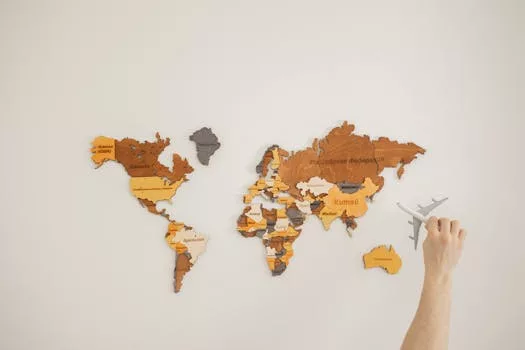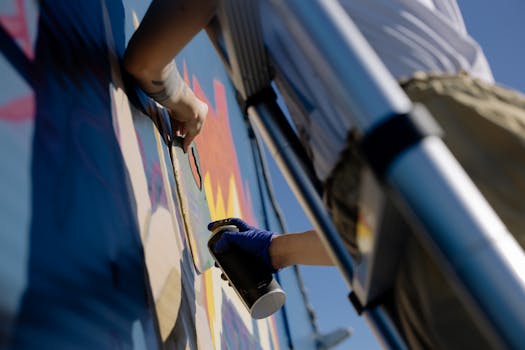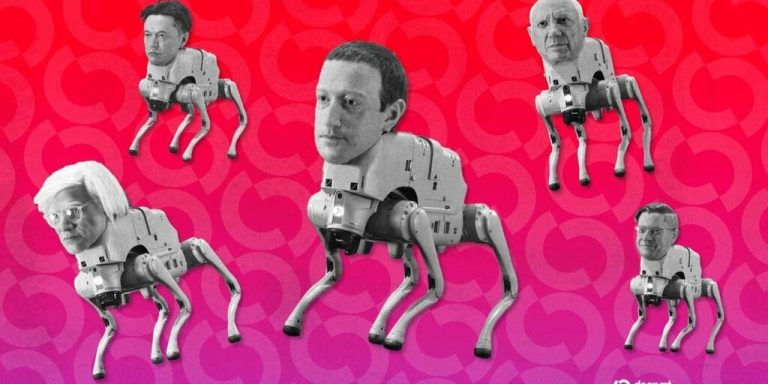
Contemporary Sculptures That Challenge Traditional Boundaries
Takeaways: Contemporary sculptures are not just about form; they challenge societal norms, engage with the audience, and redefine public spaces. This article explores how artists are breaking free from traditional constraints to create thought-provoking and immersive experiences.
In the realm of modern art, contemporary sculptures stand out as a powerful medium that transcends the limitations of traditional artistic expressions. Today’s artists are embarking on a journey that pushes the boundaries of what sculpture can mean, using unconventional materials, innovative techniques, and bold concepts. This article delves into the world of contemporary sculptures, examining how they challenge traditional boundaries and redefine the viewer’s experience.
The Evolution of Sculpture in Contemporary Art

One of the most significant shifts in contemporary sculpture is the move towards installation art. Artists like Anish Kapoor and Olafur Eliasson create immersive environments that invite viewers to engage with the artwork physically and emotionally. For instance, Kapoor’s Cloud Gate, affectionately known as “The Bean,” in Chicago, not only serves as a reflective surface but also interacts with the skyline and the audience, encouraging a participatory experience.
Moreover, the integration of technology into sculpture is a defining characteristic of contemporary art. Artists such as Rafael Lozano-Hemmer utilize interactive digital components to create dynamic installations that respond to the presence of viewers. This technological influence challenges the static nature of traditional sculpture, making art a living, breathing entity.
Challenging Social Norms and Concepts

Another notable artist is Kara Walker, who utilizes silhouette forms to address themes of race, gender, and history. Her installation pieces, often large-scale, force the audience to confront uncomfortable truths about societal structures. By challenging viewers to engage with complex narratives, these artists redefine the purpose of sculpture beyond mere aesthetics.
Furthermore, contemporary sculptures are increasingly becoming a medium for environmental awareness. Artists like Chris Jordan incorporate recycled materials into their works to highlight issues of waste and sustainability. By transforming trash into art, they not only create visually stunning pieces but also convey critical messages about our consumption habits and their impact on the planet.
The Role of Public Art in Redefining Spaces

Additionally, contemporary sculptures in public spaces often challenge traditional notions of accessibility and ownership in art. By placing art in communal areas, artists democratize the experience of art, making it available to a broader audience. This shift not only enriches the cultural fabric of a community but also invites dialogue and reflection on the role of art in everyday life.
Conclusion







